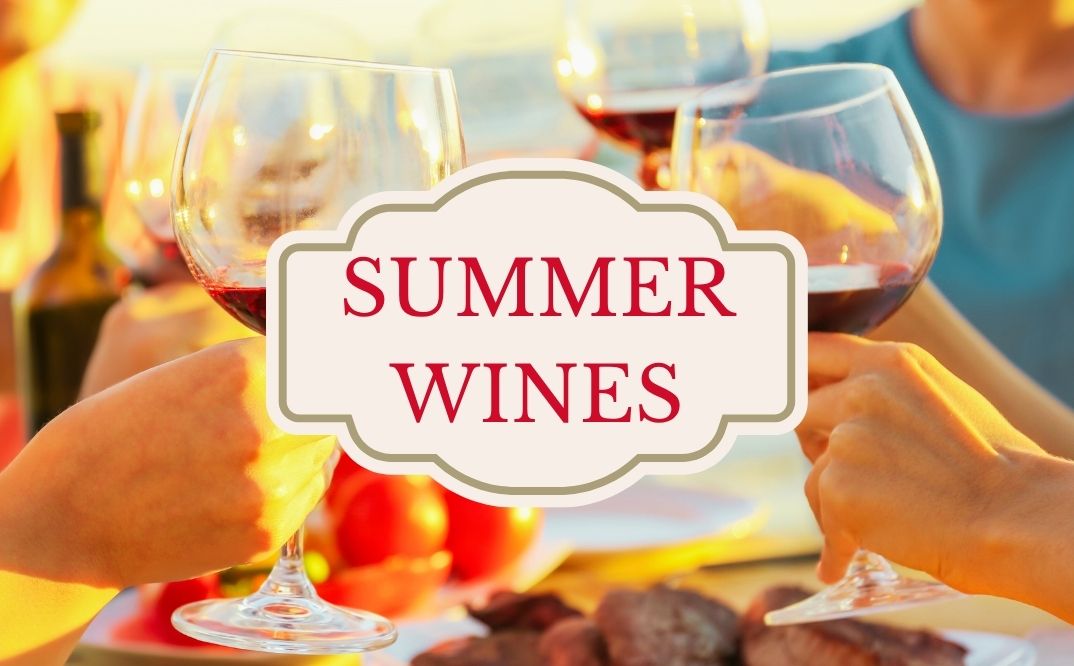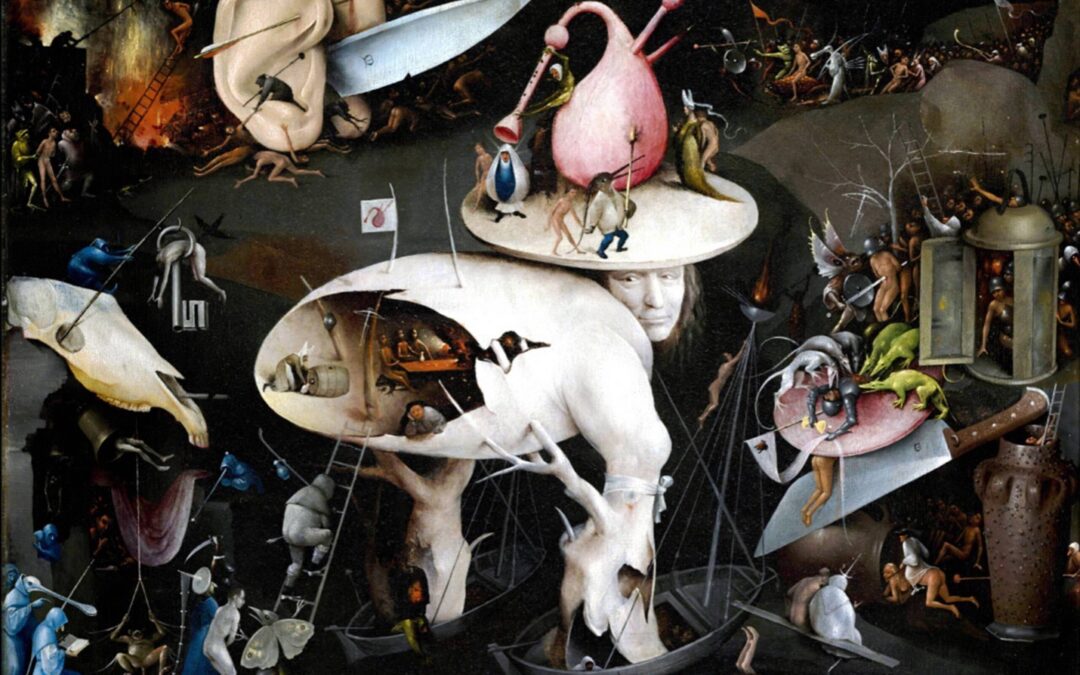
by admin | Jul 2, 2025 | Blog
Whites, Rosés, and Reds for the Grill We’ve been back in New Mexico for almost eight years. Before then, Carla, the kids, and I lived for 30-plus years in San Francisco. There, the months of June through August were the antithesis of summer. While the rest of the...

by admin | Jun 18, 2025 | Blog
It was April 2006. I’d been in Portugal for a week with good friend and fellow MS, Keith Goldston. We were guests of AMORIM, Portugal’s largest cork producer, and had toured cork factories, seen cork forests, and sat through seminars on all things cork with emphasis...

by admin | Jun 5, 2025 | Blog
In all the years of countless winery visits, it had to be a first—at least in regard to how I showed up at the winery’s front door. Usually, the process involved either driving somewhere or riding in a passenger van. Per the latter, in the previous five times I’d been...

by admin | May 21, 2025 | Blog
My previous post from April 23rd was the first of two about a recent trip to Austria. In it, I focused on Grüner Veltliner and favorite wines tasted during the trip. In this second and concluding installment, the focus shifts to Riesling. Stephen Brooks’ The Wines of...

by admin | May 7, 2025 | Blog
The other night with dinner we enjoyed the first bottle out of my cellar in over seven years. Allow me to explain—and full disclosure here. When we moved from San Francisco back to New Mexico in August of 2017, two things didn’t make the trip: over a thousand LPs and...

by admin | Apr 23, 2025 | Blog
I remember when I first got into wine eons ago. I had just moved to San Francisco, so was only an hour and change from Napa and Sonoma. No surprise that I initially cut my teeth on California wine, which didn’t involve learning any classifications or Byzantine wine...






